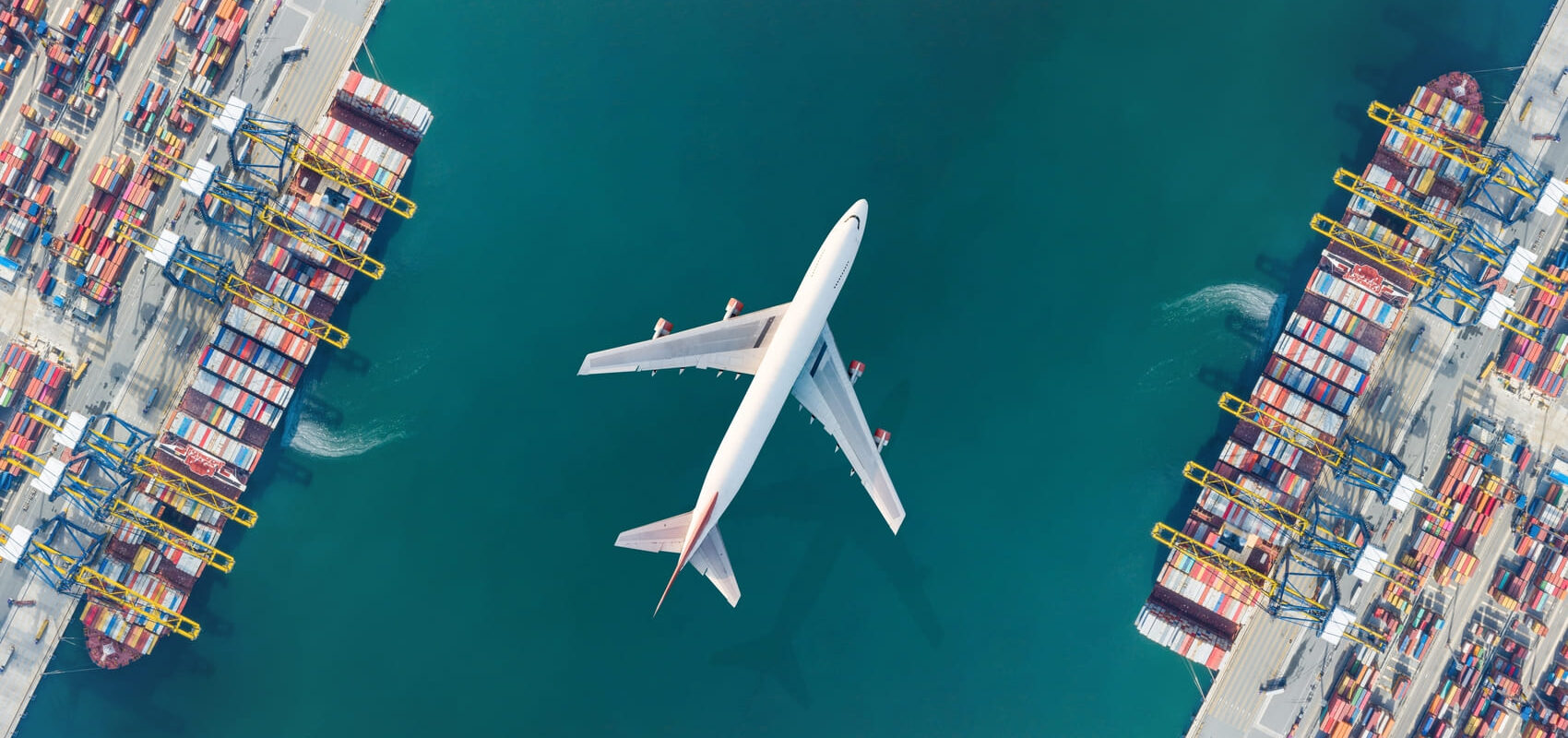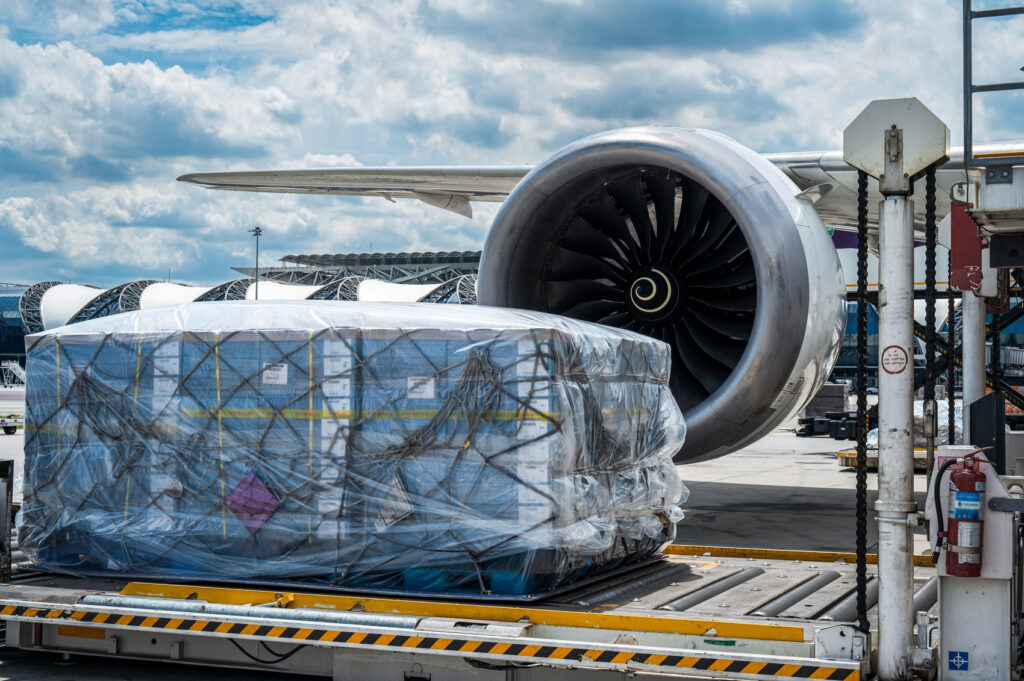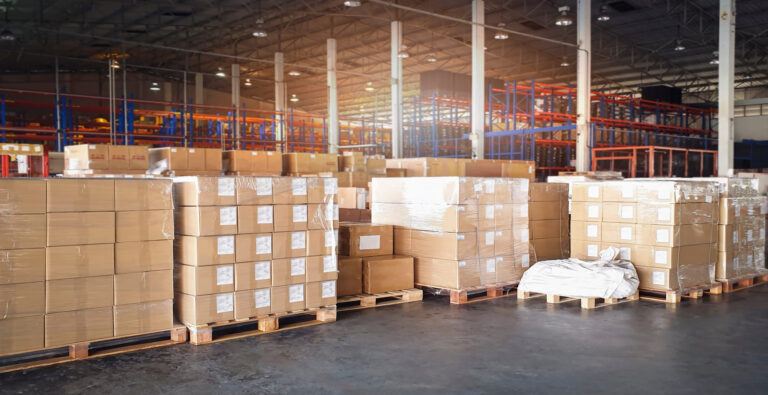Mastering Air Freight Shipping: 10 Steps to Global Logistics Success

In an international freight shipping strategy, air freight shipping is prized for its speed and reliability. Air freight, the process of transporting goods by aircraft, is ideal for time-sensitive or high-value shipments, enabling businesses to meet tight delivery deadlines. Compared to ocean or ground transport, air shipping dramatically shortens transit times. However, this speed comes at a cost: air freight is generally the most expensive mode of transport. Planning each step carefully, from choosing the right shipment to tracking delivery, ensures your cargo arrives on budget and on schedule.
1. Determine if Air Freight Shipping Is Right for Your Cargo
Air freight shipping excels for lightweight, urgent, or high-value goods. Ask: Is speed worth the premium? For electronics, pharmaceuticals, or perishable goods needing quick delivery, air is often justified. By contrast, heavy or bulky items can incur very high costs and face strict airline limits. Air freight has tight size/weight restrictions and often requires special permits for oversized cargo. If your shipment is large/heavy, consider alternatives (sea or truck) or ensure you meet air-shipment requirements. In practice, evaluate your cargo’s dimensions, weight and urgency before choosing air freight. Only use air shipping when transit time is critical; otherwise, more economical modes may suffice.
2. Partner with Experienced Air Cargo Companies
Choose a reputable air freight forwarder or carrier with global reach. Major air cargo companies (FedEx, UPS, Emirates, etc.) move high-value, time-sensitive shipments worldwide. A seasoned provider has established airline contracts, reliable flight schedules, and industry know-how. Look for partners who handle routing, space booking, and special requirements. An expert forwarder can guide you through complex air shipment procedures (such as documentation and packaging rules) to avoid pitfalls. In short, working with leading air freight companies gives you access to expansive networks and better service for your international cargo.
3. Provide Complete and Accurate Shipment Details
From the start, give your carrier precise information: origin, destination, cargo contents, and exact weights/dimensions. Carriers calculate an air freight quote based on chargeable weight – the greater of actual weight vs. volumetric weight. (Volumetric weight = length×width×height ÷ dimensional factor.) Underreporting size or weight can trigger re-weighing and extra fees. Be sure to declare heavy or unusual goods clearly; errors lead to delays and surcharges. Providing full details upfront (commodity description, piece count, and value) speeds up booking and helps you get an accurate air cargo shipping rate. Ultimately, transparent, precise shipment info is the foundation of a smooth air freight process.
4. Classify and Declare Special Cargo Properly
Certain goods need special handling or may not be allowed on all flights. If you are shipping dangerous goods, hazardous materials, temperature-sensitive items (like vaccines or food), oversized cargo, or anything requiring special permits, you must declare it clearly. For example, dangerous or hazardous materials (flammables, chemicals, batteries, etc.) must be properly declared and packaged per IATA regulations. Likewise, perishable or live cargo often requires active refrigeration or care instructions. Note any special requirements at booking – such as dry ice, CITES for animal products, or batteries handling. Ultimately, shippers must “declare all dangerous goods, hazardous materials, temperature-sensitive freight and other special handling goods” to the carrier. Early declaration avoids last-minute refusals or fines.
5. Ensure Proper Packaging and Labeling
Air shipments endure more handling and pressure changes than other modes, so package with care. Use sturdy, air-approved materials: wooden crates, heavy-duty pallets, or certified Unit Load Devices (ULDs) to secure cargo for flight. Cushion fragile goods inside strong cartons and bind pallets with straps or nets. For large heavy items, extra reinforcement (bolted crates or custom pallets) is often needed. Label every package with clear shipping marks: origin/destination addresses, weight and dimension, handling instructions (e.g. “Fragile”, “This Side Up” or temperature range). Include any special labels (hazard labels, perishable labels, etc.) on the outside. Proper packaging and labeling protects your goods and helps ground handlers process the cargo quickly. In practice, well-packed, clearly-marked freight moves through airport screening and loading without hold-ups – a key to smooth air cargo shipping.

6. Prepare Accurate Documentation
Air freight requires a precise set of documents to satisfy carriers and customs. The Air Waybill (AWB) is mandatory, it’s the flight contract and tracking number. You’ll also need a house Air Waybill (if using a forwarder), a commercial invoice, and a packing list. The commercial invoice should detail contents, values, and HS codes. If relevant, also prepare certificates (origin, insurance, or permits). For exports above $2,500 from the U.S., file an Electronic Export Information (EEI) via AES. On the import side, make sure your broker has all information ready for clearance. Required documents typically include:
- Master Air Waybill (MAWB) and House Air Waybill (HAWB)
- Commercial Invoice (shows value and HS codes)
- Packing List (details weights and pieces)
- Any special certificates (e.g. origin, health, insurance).
Having these documents correctly filled out before the flight ensures speedy customs clearance on arrival. Double-check that all information (values, commodity codes, duties) matches the carrier’s record to prevent customs holds.
7. Plan for Customs and Compliance (International Shipments)
For international air freight shipping, customs is a critical step. Engage a licensed customs broker early on, ideally as soon as the shipment is booked. They will submit your customs entry as soon as the plane is en route (“wheels up”) so your goods are cleared on arrival. Be aware of each country’s import requirements: some goods need pre-approval or inspections. For example, if shipping to the U.S., imports often must enter a bonded facility and pay terminal and handling fees before delivery. On the export side, make sure any necessary export licenses are obtained. Good planning avoids surprises like cargo being held at customs for paperwork. Also, communicate with the broker to stay available during clearance; timely responses prevent delays. (As one expert advised, stay reachable to coordinate with customs representatives.)
8. Understand Air Freight Rates and Book Early
Air freight rates are volatile and charged per kilogram (or cubic meter) of chargeable weight. Key cost factors include: weight/volume of your cargo, flight distance (fuel costs), seasonal demand, and speed of service. For example, shipping speed has a big impact – overnight express service costs far more than standard delivery. As one industry guide notes, “as the dimensions of your freight go up, so do costs,” and faster delivery likewise raises the price. To manage costs, collect multiple quotes early and lock in bookings well in advance. Consolidating small shipments into one flight can lower your per-unit rate. Beware of added fees: fuel surcharges, security fees, or terminal handling charges may appear on your invoice. In practice, negotiating a fixed air freight quote (international or domestic) early – and confirming it in writing – guards against spikes in rates or hidden charges. Remember to budget for the full landed cost: freight, airport fees, duties, and local transport.
9. Track Your Air Freight Shipment Rigorously
Once the cargo is en route, active tracking is essential. Most carriers provide an AWB tracking number so you can monitor location in real time. Use your freight partner’s tracking tools or APIs to receive updates at each transit point. Proactively check the status especially if any delays occur (weather, loading changes, etc.). In today’s market, “any delays in shipment can lead to customer dissatisfaction, and financial losses”. Prompt visibility lets you manage issues (rerouting ground transport, alerting customers) before they become problems. For critical loads, consider automated alerts or GPS tracking services. In short, stay on top of shipment progress from start to finish so you can act if something goes wrong.
10. Insure Your Cargo
Finally, safeguard your investment with adequate insurance. Air freight is generally very safe, but accidents or theft, though rare, can happen. Insure the shipment for its full commercial value (“Cargo Insurance”) to protect against loss, damage, or delay. It is imperative to secure cargo insurance on any shipment,” since it protects your financial exposure. Even if the carrier offers limited liability, that usually covers only a few dollars per kilogram. For peace of mind, add a cargo-all-risk policy. The small premium is a smart trade-off for coverage against fire, handling damage, or unforeseen disasters. With insurance in place, both you and your receiver can focus on the supply chain, knowing that the financial risk is covered.
Key Takeaway: By carefully planning each step, from choosing the right mode and partners, to documenting and tracking, you can turn air freight shipping into a reliable competitive advantage for your enterprise. These 10 steps ensure that your air shipments are efficient, compliant and cost-effective, so you deliver on time and keep customers satisfied.
Frequently Asked Questions (FAQ) – OLIMP Warehousing
Q: How do I get an air freight shipping quote?
Provide origin/destination, cargo dimensions, weight and contents to a forwarder or airline. Based on these details, they will calculate a chargeable weight and offer a quote. Be prepared to compare quotes from multiple carriers or brokers to find the best air freight rates.
Q: What factors affect air freight shipping rates?
Air cargo rates depend on your shipment’s weight and volume (chargeable weight) and the required speed. Long distances, fuel prices, and seasonal demand also impact rates. For example, overnight or express service costs much more than standard schedules. Special handling (hazmat, refrigerated) usually adds surcharges. In short, smaller or slower shipments save money, while urgent or heavy loads push costs up.
Q: Can I ship large heavy items by air?
Yes, but air freight has strict size and weight limits. Very heavy or oversized cargo often requires special permits and can incur high fees. To ship heavy equipment by air, use sturdy, custom crates and hire a specialist forwarder. Always plan for extra compliance steps: heavy cargo must still meet documentation and packaging standards. Sometimes, it’s more cost-effective to combine air and sea or use charter services for exceptionally large loads.
Q: What is the air freight shipping process?
It begins with booking a flight and providing shipment details (weight, dimensions, documents) to a carrier. The carrier issues an Air Waybill (AWB) and handles pickup. Next come security and customs clearances at the airport, followed by cargo loading (into ULD containers on the plane). After transport, the goods clear arrival customs and are delivered to the consignee. Throughout, maintaining correct documentation and active tracking ensures the process stays on schedule.
Q: Why work with air cargo companies or forwarders?
Experienced air cargo carriers and freight forwarders simplify every step. They negotiate routes, secure space on flights, and navigate global regulations for you. These providers specialize in handling air shipments and can often get better rates and transit times than ad hoc shippers. Partnering with a top forwarder gives you access to a network of airlines and ground handlers, making international freight shipping smoother and more reliable.
You may be interested in

Warehouse Solutions: Key Types and Benefits for Your Business
Warehouses provide critical space and services (storage, handling, fulfillment) that keep supply chains moving. By acting as strategic buffers between production and customers, they help prevent stockouts and meet demand spikes. Modern warehouse solutions range from basic storage racks to AI-driven smart systems. For example, the global warehouse automation market is projected to grow from […]

What Are Logistics Services? Meaning, Types, and Benefits
Logistics services are the backbone of any supply chain, encompassing all the activities needed to move goods efficiently from their source (like a factory or supplier) to the end customer. In simple terms, a logistics service ensures that products get to the right place, at the right time, in the right condition, and at the […]

4PL Logistics: The Ultimate Guide to Fourth-Party Logistics
Fourth-party logistics (4PL) refers to hiring a single partner to integrate and manage an entire supply chain. In practice, a 4PL provider acts as a strategic supply chain integrator, overseeing transportation, warehousing, inventory, and fulfillment on behalf of a company. In other words, businesses outsource their full logistics management to one expert who coordinates multiple […]
Ready to streamline your warehousing needs?
Request a quote today and discover how OLIMP's tailored solutions can optimize your operations